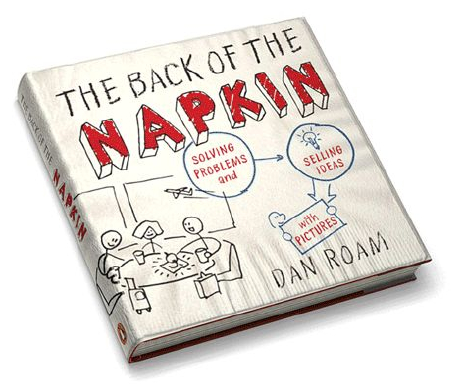Premise
Problems are complex, pictures are clear. You can use a picture, or series of pictures, to help understand or solve any problem.
Our brains can recognize patterns, and other precognitive visual attributes, in images instantaneously. This allows for a more comprehensive understanding of the data and relationships than any equally detailed written description. Since our “low level” mental capacity takes care of the basic relationships right away, our “upper level” mental capacity is reserved for “seeing” things that are not present in the picture – solutions or ideas.
Sound simple?
Don’t be fooled – it’s not. Once you start reading you’ll see it is difficult to do effectively.
This book shows you exactly which pictures to draw, in almost every circumstance. It goes far beyond simple bar charts, into portraits, maps, flowcharts and multi-variable plots. And it includes the SQVID, a visual thinking exercise guaranteed to turn any problem you have on its head – 10 different ways.
Highly recommended for anyone interested in visual thinking. To those who are not so convinced about this approach to problem solving, you’ll be satisfied to know there is a great deal of analysis you must go through before you actually start drawing. And it is designed to be read in one sitting!
Available in the David Lam Library.
Memorable quote:
Drawing our pictures is going to be harder than expected for the artistically gifted … and it’s going to be easier than expected for the “I’m not visual” crowd.
What is it helpful for?
Case studies, analysis, presentations, decision making.
Further reading
Unfolding the Napkin by Dan Roam
Now You See It by Stephen Few
